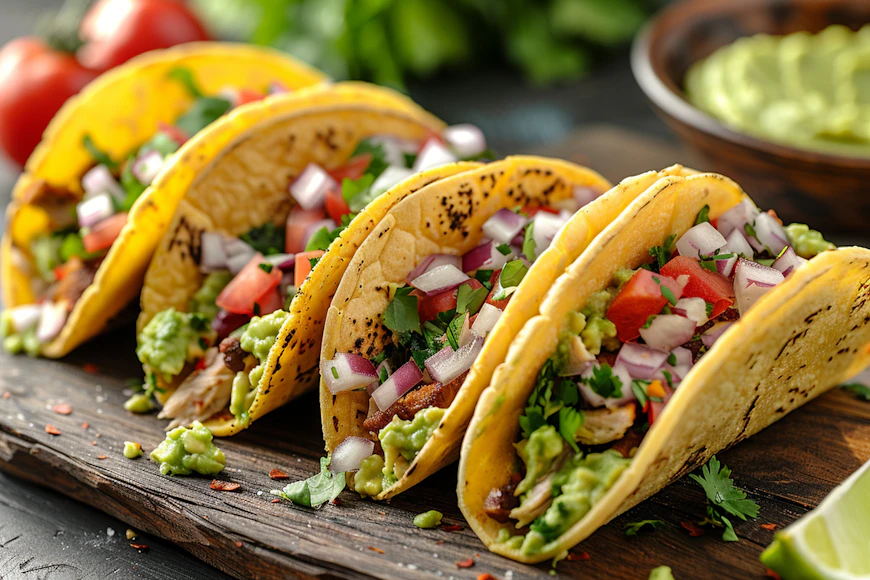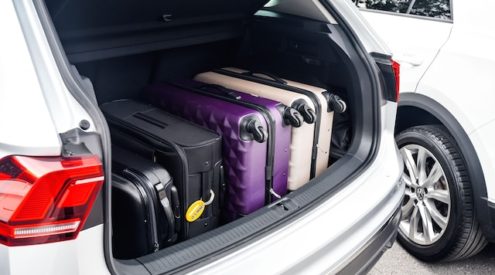So you’ve got the big 4X4 vehicle and heard it can do all sorts of thrilling things. All you have to do is engage your differential lock, give it some gas and off you go rock climbing, sand sliding, bush diving and mud spraying!
But what does your diff-lock really do and when do I need one?
Your diff-lock is more than the small button with a funny symbol on it. All cars have a differential system built into their drive-axle, which is crucial to its functioning whether it is your standard Polo or your 4×4 vehicle. A differential permits the wheels of your car to rotate at different speeds so that it can turn corners. If you stop to consider it, when turning a corner a car’s outer wheels need to turn faster in order to cover a greater distance than the inside wheels. If they all turned at the same speed, the car would only be able to go straight and any attempt to take a corner would put strain on the axle.
So, a differential allows speeds to vary and transfers power to the wheels with the least resistance. In the instance of turning a corner, it transfers power to the outer wheels giving them more momentum and control, which is perfect for tearing up some tar.
When it comes to off-roading and you’re tackling a rutted road you do not want power going to the wheel with the least resistance. The tyre with the least resistance is most likely going to be the tyre that’s floating in the air or slipping in the mud and it will spin hopelessly. This wheel has the least traction and by giving it more voomah it simply worsens the situation and will only serve to cover your car in mud.
Enter diff-lock. A differential lock allows the driver to ‘bond’ the axle and provide both wheels of your car with power, rather than sending it to just one. Thus, the wheels still on the ground will push the floating wheel back onto the ground and drive the vehicle forward. Put simply, a diff-lock distributes power evenly to your wheels and provide more traction.
Having a diff-lock makes all the difference but you need to remember a couple of things:
- When you get to an obstacle you should only engage your diff-lock at a speed of 30km/h.
- If you have low-range gears, you should engage these first before pushing the diff-lock button.
- It is best to use your diff-lock when you are as close to a straight line as possible – remember the wheel scenario; you have locked your differential system, which means the speeds of your wheel cannot vary as much.
- Most importantly, remember to disengage your diff-lock when you have passed through the obstacle
- Never drive on tar roads or faster than the recommended 30km/h with your diff-lock on. Why? Because you will cause diff wind up, which is a build up of tension in the drivetrain and can cause exorbitant mechanical damage if it is not released.

















